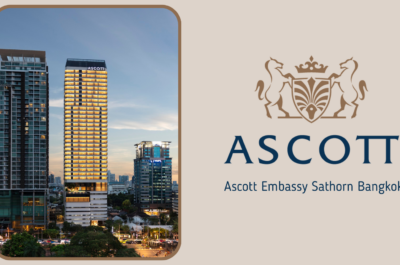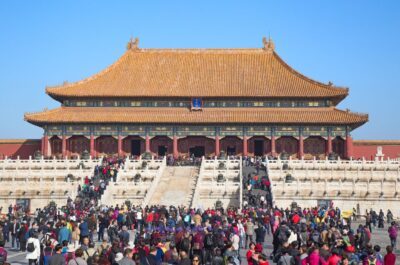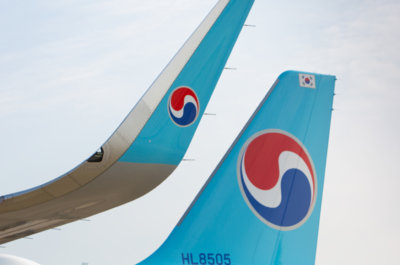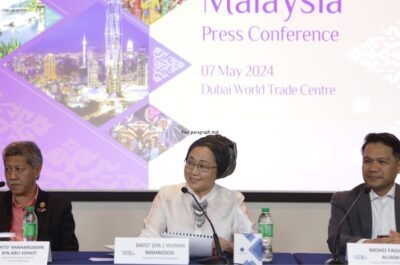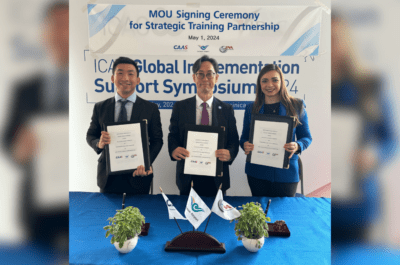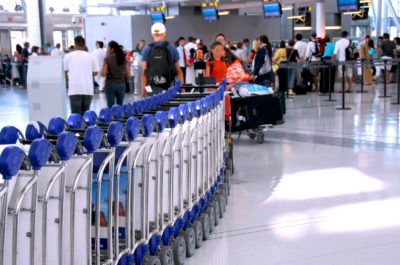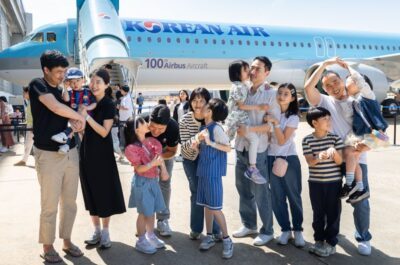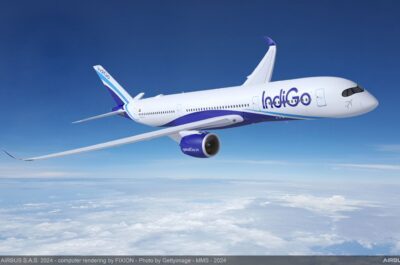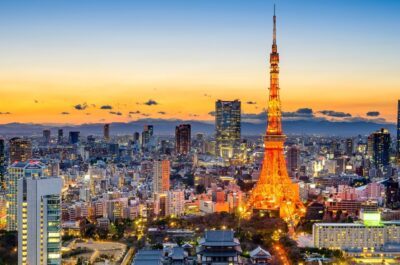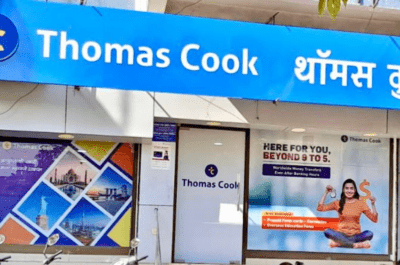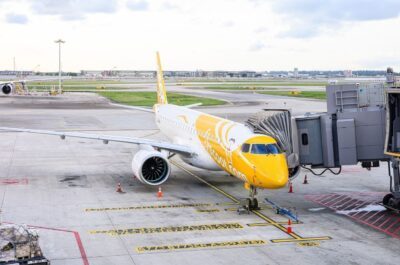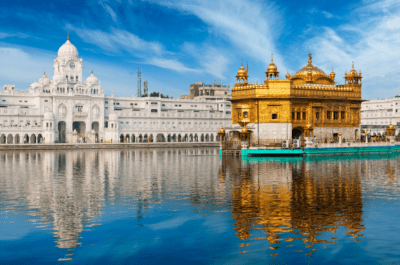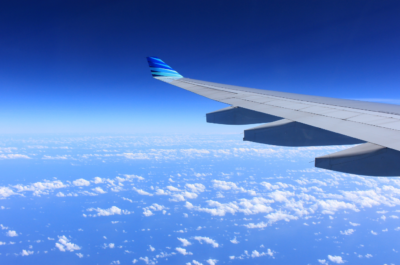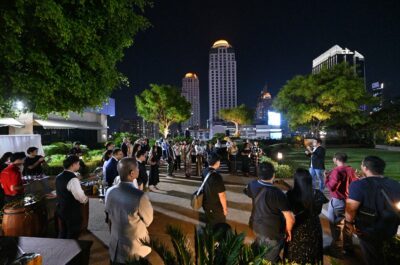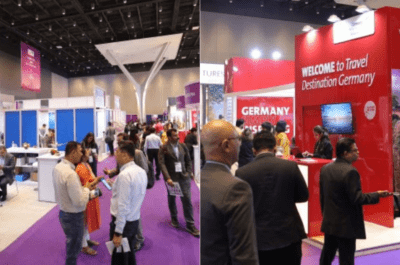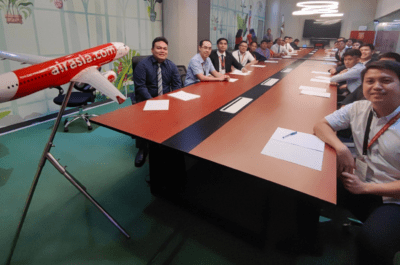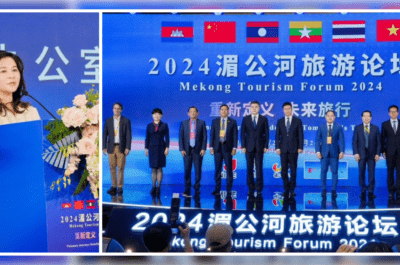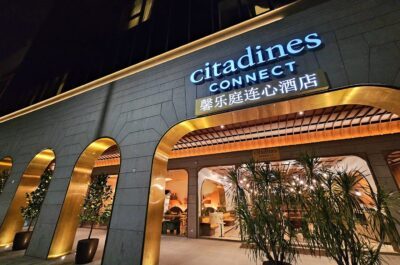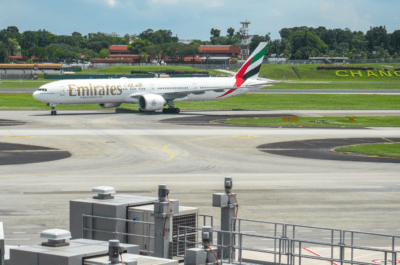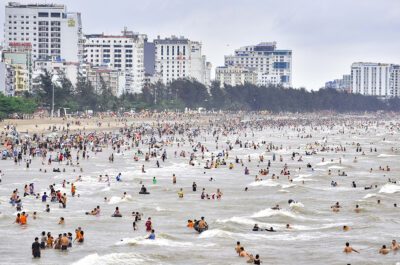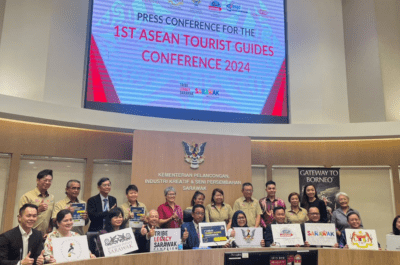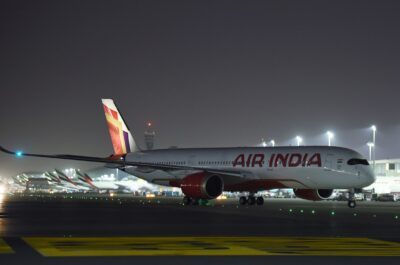…
In the last two months, the Indian travel industry has witnessed growing friction between the large flag carriers and travel agencies. The bone of contention has been commissions, which are rapidly disappearing as a source of revenue. Ram Badrinathan, general manager, Asia Pacific, at PhoCusWright offers his perspective on this controversy.
The battle began in November 2008, after Jet Airways and Kingfisher Airlines rescinded the unpopular transaction fee charged for booking directly on their Web sites. The removal of the transaction fee coupled with the elimination of travel agency commissions rocked the industry just as it has in market after market across the world. Unsurprisingly, trade associations in an otherwise fragmented travel agency community united in protest. As a result, Jet Airways and Kingfisher introduced a 3% commission structure on domestic tickets in early December.
Industry observers believe that this is in recognition of the crucial role Indian travel agencies play for airlines in the collection of payments. For Jet Airways to build a collection platform on a pan-Indian basis is next to impossible – so it is forced to rely on the travel agencies.
PhoCusWright expects a significant push by airlines to drive direct business through their Web sites, which could well change the rules of the game. The day the 3% commission was announced, Jet Airways announced a “Buy One Get One Free” offer for bookings made directly through its Web site.
What seems clear is that suppliers and trade are focused on their internal issues and not on the consumer. A few months ago, online travel agencies (OTAs) were involved in tough negotiations with low-cost carriers (LCCs) on fees and payments for bookings. The discussions centered around fees of around US$1. It is remarkable that in a competitive airline market where load factors are in the 60-65% range, an engagement protocol that focuses on consumers and travelers is yet to come forth.
Airlines and large channel partners (OTAs, tour operators) have the ability to leverage the consumer base that each has built, to cross sell products, drive merchant models, push distressed inventory and explore dynamic packaging. It makes no sense for negotiations to focus on commission rates, when the airlines and OTAs are sitting on a pile of valuable consumer data that could help develop the Indian travel market. Since the OTAs and airlines have databases of several hundred thousand and in same case millions of customers, they could potentially package and distribute innovative travel products – provided they work together and progress beyond discussing commission structures.
The problem in selling airline seats is that they are perishable – carriers do not get a second chance to sell them. However, this need not translate to deeper discounts that are untenable in the long term. Instead, airlines could work intelligently with OTAs to drive packages to popular tourist destinations. For instance, LCCs could offer OTAs and travel search engines air inventory on merchant rates to drive packages to destinations like Goa, Kerala and Jaipur if they knew that their seats were going empty. They could also drive a promotion on a specific route, for example, Bangalore to Cochin, to residents living in Bangalore’s prosperous Koramangala area, one week before departure if the load factor were a low 10%.
Today, LCCs have moved from reverse yield management that plagued the industry in 2007 (the later you booked, the cheaper it was) to no yield management (rates are almost flat irrespective of when one books) with all the LCCs offering exactly the same fare on the same dates. Executives with a revenue, distribution and marketing function within airlines have an historic opportunity to work with several intermediaries to focus on traveler experiences. Airlines can effectively outsource their marketing, customer service and excess inventory today in real time, which was impossible in the past. Five years ago, creating travel packages on the fly and undertaking micro segmentation were unthinkable – but many such opportunities exist today.
As far as the travel agency market goes, growth is likely to be clearly Darwinian: the survival of the fittest. The increased wage inflation, real estate costs, staff turnover, and slowdown coupled with a reduced commission structure will ensure that many agencies simply shut down. The players with brand, management capabilities, scale, technology, and customer service orientation will survive. The quality of teams will be critical; with high quality professionals entering the industry, the agencies that do not rise up to competition will die.
The Indian travel retail environment is completely deregulated and entrepreneurial; perhaps one of the best examples of the free market at work. For all those who are pessimistic about its future, remember the current boom has taken place without airports, roads, hotels and broadband. Now, especially with the impending 2010 New Delhi Commonwealth Games, this infrastructure is slated to develop.
Vicky is the co-founder of TravelDailyNews Media Network where she is the Editor-in Chief. She is also responsible for the daily operation and the financial policy. She holds a Bachelor's degree in Tourism Business Administration from the Technical University of Athens and a Master in Business Administration (MBA) from the University of Wales. She has many years of both academic and industrial experience within the travel industry. She has written/edited numerous articles in various tourism magazines.






